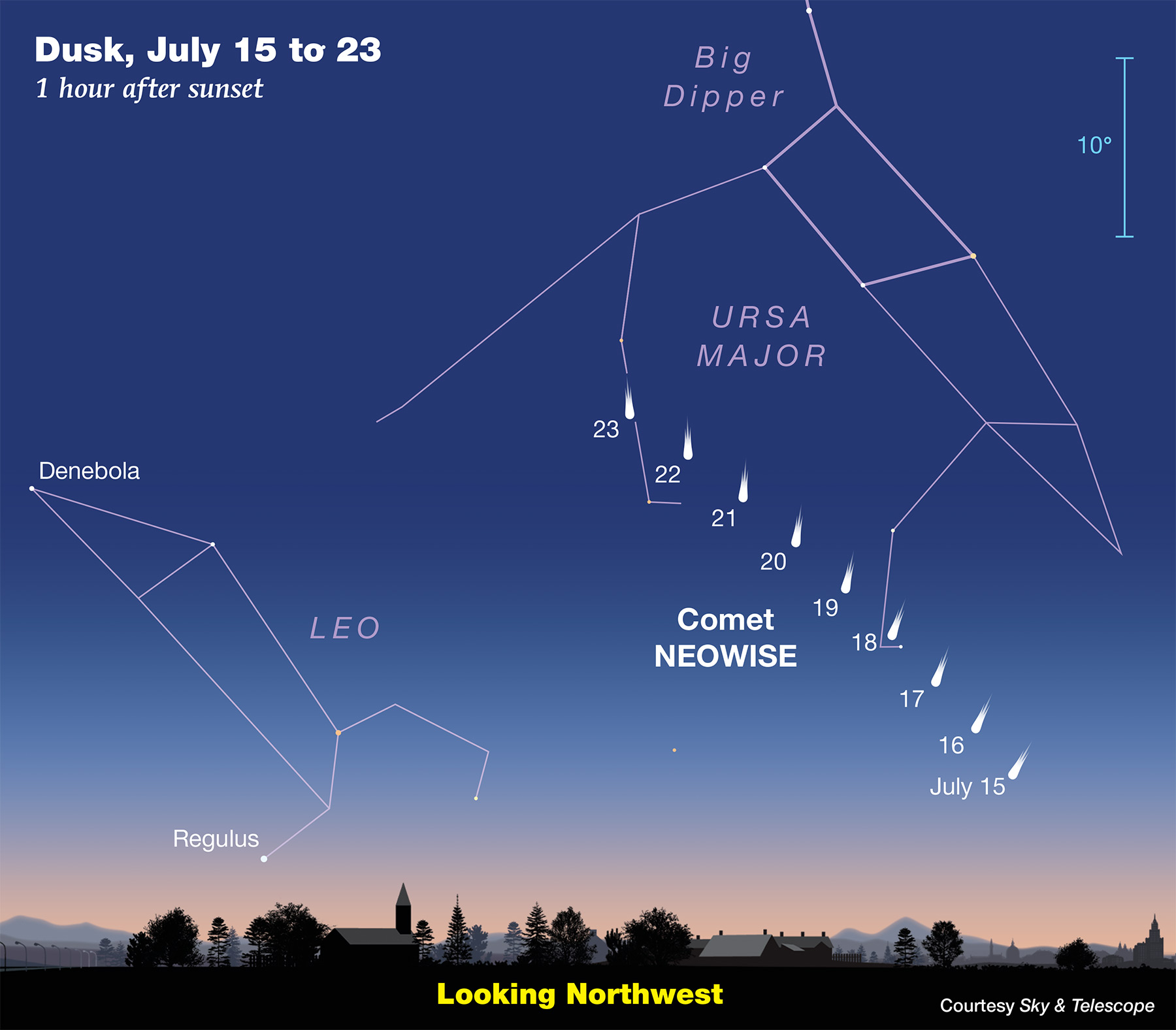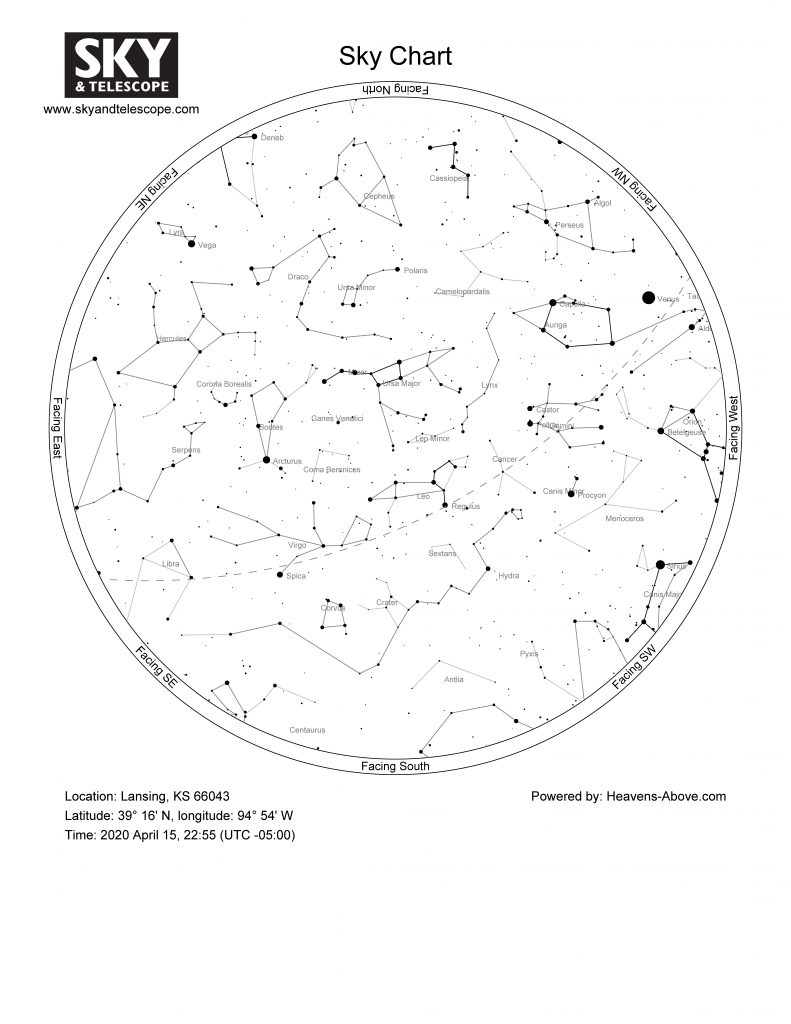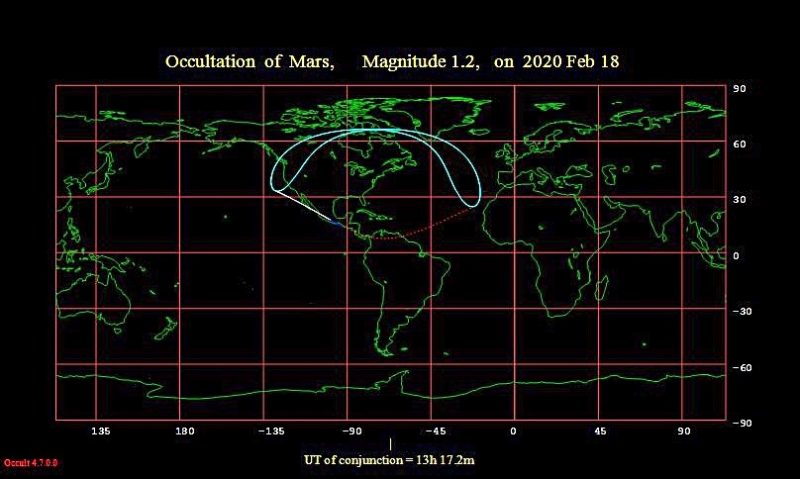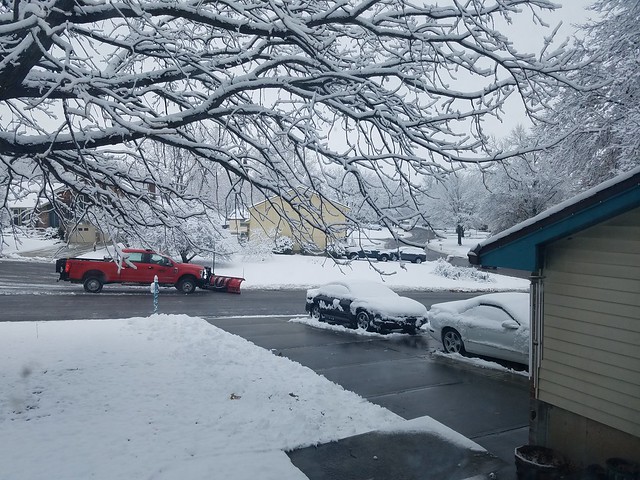Yes, I’m still here. Sort of. I’ve been so busy since the first of the year, I just now came up for air, and only because I realized it had been nearly a month since I’d posted to my blog. A new year at work means a new budget cycle and all the projects that were on hold now have been given the green light and of course should have been completed yesterday. The ringing in my ears can be directly correlated to the number of hours per day I spend on conference calls. I spend so much time in fact on conference calls that the only time I have to accomplish actual work is at home during the evenings.
And for some reason, I thought it was a good idea, to take another online course, this time in Statistics. I needed one more course to finish my Associates Degree and I wanted to do something related to my core goal – Mathematics. Ironically, as I learned while reading and studying the first chapter of my textbook, Statistics is not technically considered a course in Mathematics. Math results in one right answer if you solve the problem correctly – and this is repeatable for anyone anytime. One problem = one right answer. This is not the case for Statistics.
For my commutes to and from work I switched from listening to audiobooks (for now) to following various podcasts as a sort of New Year’s resolution. Some of them are audio dramas, some of them are non-fiction, some are current tech news, some are short fiction (mostly fantasy and science fiction from various magazines) and some are just pure fun. Most of them I can complete in one day (two commutes = approximately 90 minutes) so I don’t have to worry about losing my place or losing track of the story in a long audiobook.
To prepare for last night’s Tolkien Society of Kansas City discussion of The Children of Hurin, I listened to nearly seven hours of amazing depth and insight on Chapter 21 of the Silmarillion thanks to the trilogy of episodes broadcast by the Prancing Pony Podcast. I plan a more in-depth post on my tumble down Tolkien’s tragic Turin tale. Our next group read at TSoKC is Unfinished Tales, but thankfully we’re skipping Part One (which would be yet another reading of Turin), but will start with Part Two and also read Letters 50-89 in The Letters of J.R.R. Tolkien. Check our Facebook page for the date of our next meeting in February and join us if you’re so inclined. All are welcome.
This weekend will be all too short between obligatory after-hours work (ah, the joys of information technology support and maintenance), volunteering at the library (now that is pure joy) and tonight’s General Meeting of the Astronomical Society of Kansas City.
It’s the 27th day of January, 2018. I’ve flown through 7.4 percent of the year in days, nearly 8.3 percent of the months and 11 percent of the first quarter.
Tepus fugit. Vita brevis.








 I knew going into Friday I would have a very long day ahead of me. I had errands I needed to run first thing in the morning, so I planned to be late to work. I stayed up past my usual bedtime, keeping my husband company. We watched the inaugural episode of the new
I knew going into Friday I would have a very long day ahead of me. I had errands I needed to run first thing in the morning, so I planned to be late to work. I stayed up past my usual bedtime, keeping my husband company. We watched the inaugural episode of the new 

